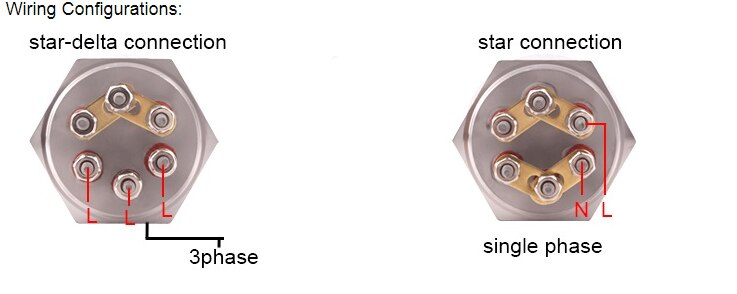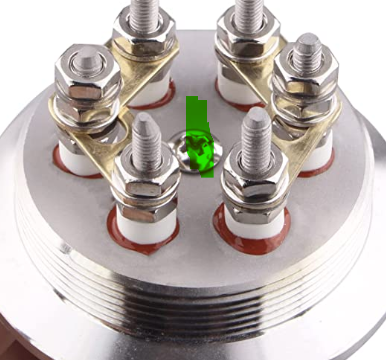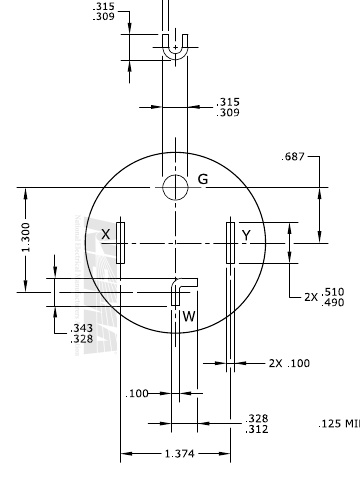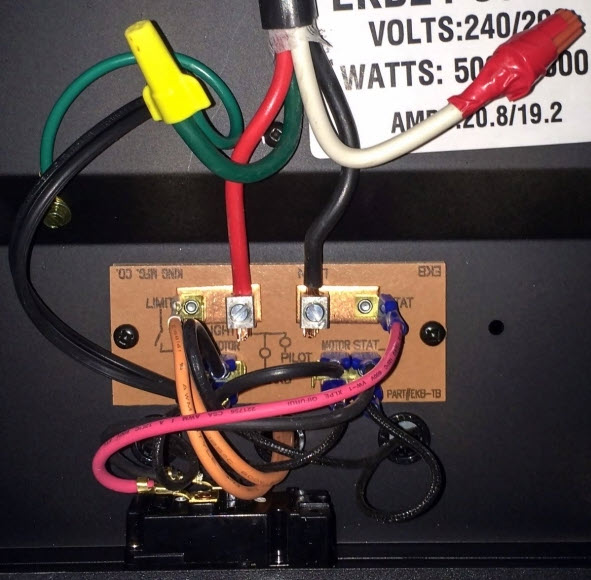carnageasada
Active Member
- Joined
- Jan 11, 2017
- Messages
- 27
- Reaction score
- 1
Hey all,
Working a unitank to also serve as a BK and have chosen the following element (240V, 4500W):
DERNORD 2 Inch Tri-Clamp 240V Water Heating Element Immersion U Type Electrical Brewing Boiler Heater
So running from a standard single phase 240V dryer plug to a L6-30:

Element wiring diagram is as follows:

So it's saying I connect the resistive element in series using a (hot) line conductor and the (green) conductor. What does one do with the other (hot) line in this configuration?
Thanks in advance for any insight!
b
Working a unitank to also serve as a BK and have chosen the following element (240V, 4500W):
DERNORD 2 Inch Tri-Clamp 240V Water Heating Element Immersion U Type Electrical Brewing Boiler Heater
So running from a standard single phase 240V dryer plug to a L6-30:

Element wiring diagram is as follows:

So it's saying I connect the resistive element in series using a (hot) line conductor and the (green) conductor. What does one do with the other (hot) line in this configuration?
Thanks in advance for any insight!
b




















![Craft A Brew - Safale BE-256 Yeast - Fermentis - Belgian Ale Dry Yeast - For Belgian & Strong Ales - Ingredients for Home Brewing - Beer Making Supplies - [3 Pack]](https://m.media-amazon.com/images/I/51bcKEwQmWL._SL500_.jpg)












































